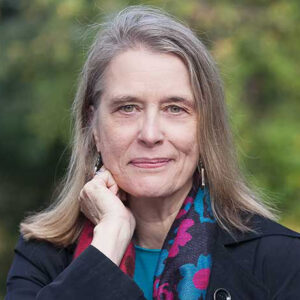My current research project is to find and document the stories of 122 women who lived and worked in the local Gippsland region in the state of Victoria during the late eighteenth and early nineteenth centuries. Many of these women’s contributions have been undervalued or forgotten and only have merited a brief mention in books and other historical records.
This project is intended to recalibrate the local historical record to shift the perception of women as primarily witnesses to men’s achievements and instead highlight women’s accomplishments. It follows on from many other very important historical research projects including The Australian Women’s Register.
In the late nineteenth century, women settlers in this area faced enormous hardship with their husbands and families as they worked on large properties. Despite many obstacles, local women would begin working as teachers, midwives, nurses, postal workers, seamstresses, writers or operated businesses like cordial factories, coffee palaces, pubs and boarding houses. And another important part of the project will be to include the often forgotten names and stories of indigenous women from this period.
And there are many colorful stories. One woman earned her living as the local grave digger during WWII, and there were two sisters who came from Gippsland who became international sideshow entertainers because of their giant size.
The lack of a comprehensive history of women and their achievements is not a surprise because traditional history generally celebrates the achievements of men while women have been largely invisible. And women’s opportunities were hampered by the fact that they often lacked an education and were not financially independent, or after they married, they were expected to give up their jobs and stay at home raising children.
But why 122 women?
This number was chosen after I walked into the local historical society and saw a very large and impressive framed piece (about the height and width of a car bonnet) with 122 black and white photographs of men placed inside identical oval frames with captions detailing their names and professional titles. It just had been restored and it took pride of place in the Old Shire Offices’ hallway. Of course, my immediate question was where could I see the equivalent record of local women?
I learned that it didn’t exist after speaking to a woman from the local Genealogical Society. There was serious research and writing about the accomplishments of women by local historians and there was documentation in the area’s historical societies’ records but it hadn’t been compiled into one larger comprehensive record. And not only would it be important to synthesize the existing records but it became obvious there was still a great deal of original research needing to be done.
For example, there was a flourishing religious order of teaching nuns serving local children in the nineteenth and twentieth centuries in a town called Sale. After contacting the religious order, they agreed to help with my research and to contribute some names and images of a few of these early women pioneers. These women have not been considered part of the mainstream historical record and yet, their efforts were profoundly important to the town’s people and the area’s early development.
I was reading a lengthy tome about the area which listed in paralyzing but accurate detail the names of every single family who were early settlers in the region. As I was scanning it, I discovered a mention of a daughter who was a self-taught miniaturist and had been successful in London but there was no record of her given name and whether it changed after she moved to England. I was thrilled to learn about her but frustrated that the book did not mention her complete name. After some research, I eventually found out who she was and what she accomplished. I also discovered a memorable photograph of her wearing a white debutante’s gown with feathers in her hair in the War Memorial archive.
My research is still in the very early stages. An archivist specializing in photography once said to me that every time she discovered the name of an unknown photographer or preserved an endangered collection of photography, she felt like she was “saving a life.” As I learn more about the women who lived and worked in this area, the closer I feel to them and the area’s rich history. And in a way, I also feel like I am recovering and restoring the lives of women to the historical record who never expected to be remembered.
Outskirts
When I wrote The Newcomer’s Dictionary, I was interested in selecting words that described the newcomer and the newcomer experience from the English language, literature and history. An assortment of words immediately came to mind:
